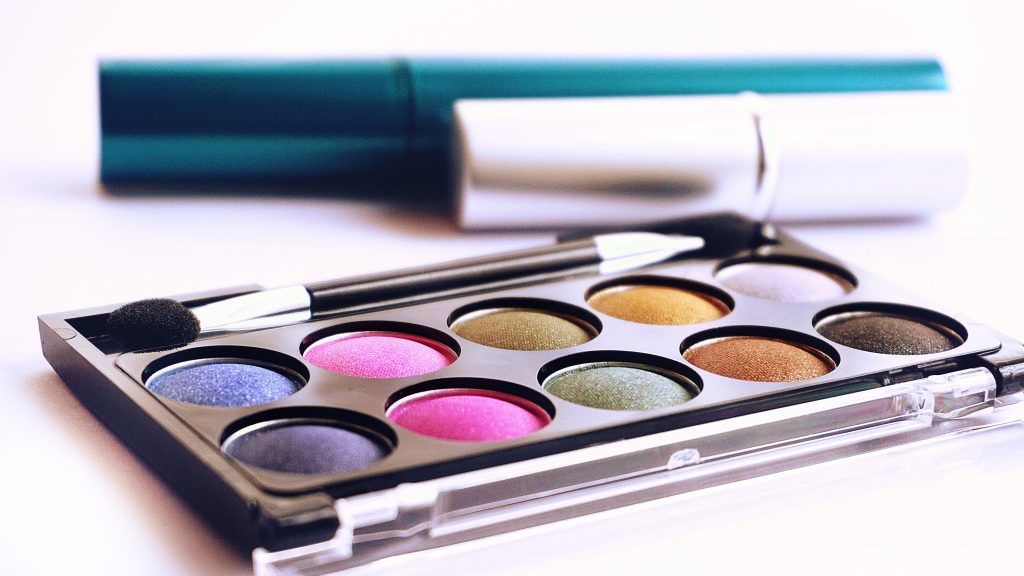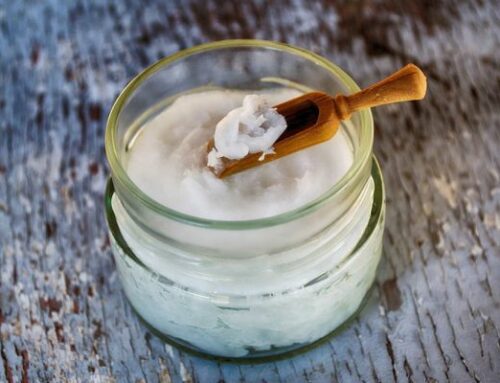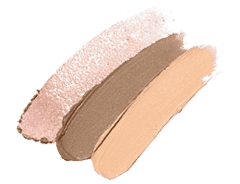It would be difficult to name another industry that has seen the amount of steady growth that the beauty and cosmetic industry has over the past several years. Beauty industry growth has been nothing short of incredible, from online products selling out in minutes, to brick-and-mortar locations constantly needing to restock their shelves, doesn’t look to be slowing down anytime soon.
The History of Beauty Products

To understand the incredible growth of the beauty industry better, it is first helpful to look back at the history of cosmetics. Historians can trace the use of beauty and cosmetics products back to 4,000 B.C. — think Ancient Egyptian pharaohs with thick dark outlines around their eyes. This early form of eyeliner was called kohl, an ancient cosmetic made from ground stibnite. Early beauty and cosmetic regimes relied heavily upon natural ingredients, including berries, bugs, and charcoal to create a variety of colors.
Cosmetic trends moved West as European soldiers returned from the Crusades in the Middle East, bringing home new exotic products and knowledge. Among those products were many types of cosmetics, which were in first accessible only to nobility and high-class citizens. Eventually, advancements in chemistry and medicine in the eighteenth and nineteenth centuries brought significant advancements to the beauty and cosmetic industry.
Although still not accessible to the general public, the Victorian era in England allowed for an increase in the demand of beauty and cosmetic products, as new expectations among ladies at court required them to present themselves as beautiful and fragile, with elaborate clothes and precisely defined facial features. Because of this, eye shadows, lipsticks, nail polishes and other beauty and cosmetic products started gaining traction.
The twentieth century brought an even larger boost to the beauty and cosmetic industry. The rise of film, photography, and innovation brought beauty and cosmetic products to every household in the western world. During the first decades of the twentieth century, cosmetic companies introduced lipstick, lip gloss, mascara, eyeliner, bronzer/blush, foundation and powder that changed the face of modern society. Each passing decade has continued to see advancements in the quality and use of beauty and cosmetic products.
Beauty Industry Growth and Value
Today, the beauty and cosmetic industry generates over $600 billion per year, and doesn’t show any signs of slowing down. Projections already value the 2024 beauty and cosmetic industry at over $800 billion. Here are some of the largest contributing factors to the incredible growth in the beauty and cosmetic industry:
- Consumers, mostly women, are on a journey of exploration and self-expression. They are enjoying new products and finding new brands that not only empower them, but products that are also less harmful to their bodies and the environment. This is part of a larger generational shift of younger consumers rejecting the large brands their parents preferred and seeking out locally-made, artisanal, natural products in all consumer categories.
- Young, independent brands are supporting a surge in creativity. Almost every day a new brand with a new idea about how to become or remain beautiful hits the market. Entrepreneurship and ingenuity are exploding in the beauty industry, and these emerging companies are able to sell their products world-wide, thanks to the advancements in digital technology and social media.
- Acquisitions by major beauty companies of ever-smaller companies at very high values are drawing in more founders and driving more creativity every day. The acquisitions are taking place because the big beauty brands are threatened by the young, independent brands that consumers want now and are willing to buy out the competition. The supply and demand model is not longer just happening between manufacturers and consumers, but among the companies who make up the beauty and cosmetic industry themselves.
The beauty and cosmetic industry is guided by trends more than just about any other industry. Over the past several years, multiple trends have emerged with the promise that they will “redefine” the future of beauty, from contour sticks to activated charcoal, the possibilities of the new hottest trend in beauty are endless. While there is a large amount of truth to the previous statement, it can be tricky predicting exactly what the “next big thing” in beauty and cosmetic products will be, and what will fall by the wayside.
3 Major Shifts in the Beauty Industry

Today, there are three big systemic shifts that will redefine the future of the beauty and cosmetic industry. While their fundamental ideas are not new or groundbreaking by any means, their ability to create micro-trends represent serious growth opportunity for manufacturers of beauty and cosmetic products.
Natural Products
The first major shift is one toward more natural products. Just like with organic food and household supplies, consumers are shifting their demands for natural beauty and cosmetic products. This is due largely impart to a growing concern for the products consumers wear, eat, and put on their skin. The focus of natural and organic products is no longer confined to food or household cleaners, but consumers want to be reassured that the products they routinely put on their bodies are free of harmful chemicals.
Natural beauty and cosmetic products means something different to every consumer, and even though you can remove questionable ingredients or switch to sustainable packaging and labeling your product does still need to deliver something to make it stand apart among the competition. While simplifying the ingredients that a product includes is a good first step towards truly natural beauty, there are a range of ingredients that can be included that live up to the cleaner, healthier and at least perceivably natural appeal. Consumers will increasingly take their own paths toward a more natural beauty experience but these transparency-minded consumers seek authentic brands and products, and it’s no longer an option to take notice of this trend if you are a beauty and cosmetic manufacturer.
A Personalized Approach
The second major shift seen in the beauty and cosmetic industry is to a more personalized approach. The same shoppers who are redefining what healthier, natural beauty products look like are themselves younger, more racially, culturally and ethnically diverse and cosmopolitan consumers. There is no “one” beauty shopper, and beauty and cosmetics consumers are increasingly focused on narrower, more personal definitions of natural beauty.
Today, anyone can build a relevant beauty brand. While the beauty and cosmetics industry has been heavily focused on the growth of smaller emerging brands—who continue to drive innovation in the market—the premise of what it means to be a brand is being redefined. In fact, many direct-to-consumer brands actively communicate that they give consumers value by stripping away the wasteful overhead that big brands bring. Today’s emerging beauty and cosmetic brands are recognizing the inefficiency of a traditional mass market strategy, instead focusing their efforts to a more targeted, personalized and ultimately relevant method of building brand loyalty with their consumers.
A Closer Relationship to the Customer
The third major shift within the beauty and cosmetics industry has to do with the digital element and how brands are connecting with and marketing to their customers. As consumers move toward online channels as their preferred method of consumption, the opportunity for manufacturers and retailers to connect with them is increasing as well. But, connecting with digitally engaged shoppers isn’t as easy as encouraging them to visit a website or dropping promoted posts in their social media feeds.
The internet is undeniably one of the greatest tools ever created for reaching consumers across a much wider network than ever before seen. Constant connectivity means shoppers can research and buy whenever and wherever they like. Mobile phones are some of the most personal devices we own and given widespread mobile connectivity, it should come as no surprise that consumer spending on beauty products has shifted online faster and greater than nearly every other packaged goods category. In fact, nearly one in three dollars spent on beauty products in the U.S. today is spent online.
But the next battleground for many beauty and cosmetic brands will be less about the ingredients they source, and more about data that gives them a better understanding of what their target consumer base is interested in purchasing, and where they purchase it.
Beauty Industry Growth: Grow with Phoenix Chemical
While the beauty and cosmetic industry has endured many years and changes throughout its history, it’s important to make sure your products are relevant to the needs of today’s market. At Phoenix Chemical, we help brands both big and small create the beauty and cosmetic products their customers want, and we’ve invested in finding natural solutions to keep up with consumer demands for natural ingredients that won’t harm them or the environment.
Whether you’re looking to start a brand new product line to get ahead of the next big trend in beauty, or you’re looking to refine the ingredients in your products to be safer and more natural, Phoenix Chemical has the solutions you need to create a high-quality product that consumers are looking for.
Contact us today to speak with a knowledgeable representative about how we can help your brand, and take a look at our extensive list of product offerings for more information on our ingredients.







